The Business of the Future
It’s an exciting time to be in the world. Humankind is dipping its toe into an expanding ocean of transformative technological innovation. The popular media is full of headlines claiming that technological innovations in medicine, transportation, finance, manufacturing and service industries are about to transform our lives. Social media is full of melodrama on Artificial Intelligence and how our world is about to change. Futurists like Gerd Leonhard warn us that we must embrace this challenge now, and not bury our heads in the sand or risk becoming a short biological prelude to a machine intelligence explosion.
But this article isn’t about predicting the future, it’s about looking hard enough and being brave enough to take action. We can all look back at predictions of the future made decades ago and laugh at their naivety, however any such disappointing points of reference simply divert attention from the fact that the accelerating rate of technological development will impact all our lives in the near future.
If you were working as a salesman in the automotive industry, a taxi driver, or even as an insurance or legal professional, would you have known 10 years ago that machine learning, coupled with advancements in scanning technology, would not only render drivers irrelevant but literally transform our paradigm for personal transportation? Probably not. In the coming years, a similar story will unfold in finance, law, service industries and many other professions.
Business leaders across the globe are now spending more and more time looking into the future. Artificial intelligence, additive manufacturing, nanotechnology and robotics are poised to penetrate and transform our industries, and business leaders want to be ahead of the curve. Futurism is now big business and business is taking it very seriously indeed.
Getting Left Behind
But what about the construction industry? Of all humankind’s industries, it is surely the most fundamental; fulfilling our basic physiological and safety needs described in Maslow’s Hierachy of Needs. Indeed, the Institution of Civil Engineers defines civil engineering in its Royal Charter as;
…the art of directing the great sources of power in Nature for the use and convenience of man…
Indeed, what other professions could claim such a grandiose role in society? Looking beyond the many great monuments across the world representing milestones in mankind’s historical ability to direct “the great sources of power in nature” such as the Pyramids of Giza, The Great Wall of China, The Empire State Building and the Panama Canal, the history of the built environment is littered with other lesser known but transformative technological milestones; Iron Bridge (1781, the first iron bridge), Ditherington Flax Mill (1796, the first iron framed building) and Alvord Lake Bridge (1889, the first reinforced concrete bridge) to name just a few.
The truth is these technological milestones have defined our paradigm for construction in the last few centuries. Our understanding of these traditional materials, and our ability to squeeze out ever increasing performance from them has continued to refine and improve the efficiency of the paradigm, but nevertheless the fundamental methods of construction, and the materials used to create our modern built environment, have remained exactly the same as they were.
Let’s take reinforced concrete for example. Ernest Ransome’s Alvord Bridge used deformed (twisted) reinforcement, placed by hand, and bonded to concrete poured into a shape predefined by temporary formwork. This process used in 1889 will seem familiar to many construction professionals today because it has fundamentally remained unchanged.
At this point I may hear protests from the industry, claiming a multitude of developments in the last few decades – concrete additive technology, prefabrication, modular construction, high strength steel and concrete to name a few. These are improvements sure enough, but they are no more than incremental changes, or slightly different applications of old technologies.
A similar story is apparent when we look at design. Computers have certainly improved our efficiency in performing calculations, and in some instances have helped us to perform calculations that were not possible before, however the fundamental paradigm for design remains largely unchanged.
Concept designs are based on the often tacit experience of individuals – feeding into a collaborative, iterative process to arise at a solution which is usually measured and compared using a combination of intuition and qualitative judgement. In general terms, as a project moves through the design stages the process becomes less creative, increasingly linear, more constrained by standards and more numerically driven. Despite the computing power that can be brought to bear using a standard desktop PC, the process remains relatively disjointed, slow and typically results in a compromised, imperfect outcome.
In terms of design communication, the use of Building Information Modelling (BIM) has improved our ability to visualise, measure and coordinate in three-dimensions, however the industry still insists, through fear and/or habit, on delivering 2D drawings – essentially the same format used to document designs several centuries ago.
There have been attempts in the construction industry to provide a vision of the future. A 2050 plan was recently announced by a major contractor which predicted the use of drones for surveying, Augmented Reality goggles for construction visualisation, exoskeletons for site workers and autonomous vehicles for delivery and movement of materials. When you consider that this represents a vision of construction in 33 years’ time (greater than the average age of many organisation’s employees), but is wholly based on current (or near-future) technology and relies entirely on current construction paradigms, it seems relatively short-sighted when compared with the blue-sky vision and ambition of other industries.
That’s not to say there aren’t innovation forums and platforms in the industry (i3P for example), all of which are welcomed, but I fear none really ask truly challenging questions of the industry or are brave enough to look far enough outside the box.
All of which reminds me of one of Henry Ford’s supposed quotations;
“If I had asked people what they wanted, they would have said faster horses”
Although it is quite possible he never actually said these words, they certainly ring true for the construction industry – replace the words ‘faster horses’ with ‘stronger concrete’, ‘better drawings’ or ‘more accurate surveys’ and you will see the parallels. The industry has spent the last couple of centuries trying to perfect faster horses.
So (staying with the equine analogies), while other industries have been seen accelerating technological change transform their horses into rocket-propelled drag bikes, the construction industry appears to be happy with its old lumbering nag, brushing its tail and giving it a pretty rosette from time to time when it learns a new trick.
Why is this? Where is the new paradigm for construction? What makes the construction industry different from other industries where innovation, forward thinking and technological advancements are embraced quickly with rapid rewards?
Industrial Lock-in
In Jaron Lanier’s book ‘You are not a Gadget’, he explains the concept of lock-in as it applies specifically to programming and the design of computational systems. The concept is that it can often be difficult to implement change, even when technology can provide a far better solution, simply because of the prevalence of the current system. The example Lanier gives is the use of the MIDI format in the digitisation of sound and music; a format that stubbornly persists despite its limitations. Indeed, Lanier states that lock-in hinders development and creativity as solutions are inevitably developed to work around the limitations rather than challenge them.
On this basis the construction industry has more lock-in than Alcatraz. Indeed it has more than any other industry I can certainly think of, and that includes the massive automotive industry. However, if size is not the key factor to lock-in then what is?
- The construction industry builds unique products every time, differentiated either by brief, by design or by geographic/topographic constraints. As a result, the research phase of the product development cycle is non-existent and project teams are continually formed and disbanded without the benefit of continuity.
- The design and delivery cycle of a construction project is typically divided by procurement models that aim to pass on risk and limit reward. It’s inherently an industry of self-interest. After all, who reaps the rewards for innovation and who carries the risks?
- Economic drivers simply do not encourage innovation. How is anything different when there is no economic benefit to invest in change or do things differently? Why invest across boundaries when your commercial position is only as strong as your latest project?
- Clients continue to equate value with lowest cost. Whilst there are notable exceptions to this, for many in the industry, it is extremely limiting when clients do not respect or value brands that represent quality in engineering. Whilst this can be seen in other industries, it would appear that these industries seem better at educating and influencing the market place. Why has the construction industry continually failed to educate clients away from a ‘lowest bidder wins’ mentality and towards one that values quality and innovation?
- Standards and regulations always favour those that play safe and follow the status quo. They also vary by geographic location making it even more difficult to see the global picture when looking at the economics of innovation.
So there is lock-in on an industrial scale, the effects of which can be seen not just in an apparent lack of innovation but in stagnation of performance and a failure to meet society’s ever-increasing demands.
This is not new. Constraints to research and development in the construction industry have existed for decades and continue to hold the industry back. An example is the relatively recent application of additive manufacturing (3D printing) to the construction industry which, although holding great promise, has not yet been met with an adequate level of investment and interest by the industry;
- 3D printing innovators are crying out for partners and investors to help them effectively penetrate the construction market.
- Enthusiastic designers are wondering how they can apply the technology within current standards for competitive fees, or fit in a research project when they have ‘real’ projects to deliver.
- Contractors are wondering how the technology adds value, whilst reducing cost and decreasing (or at least maintaining) levels of risk.
- Clients just want their one-off asset at the cheapest price. Full stop.
While there is some innovative thought out there, the fact that the industry has failed to grasp the opportunities with both hands demonstrates a lack of holistic innovative thought and (cringe as I say it) an ‘out-of-the-box’ mindset. Why should it take a competition by NASA to get innovative thought moving in construction?
Similarly, in design delivery and design communication, advancements in technology have yet penetrated the industry. Issues of software compatibility, formats for data exchange, bandwidth for digital collaboration, digital change control, the application of machine learning algorithms, and the use of so-called ‘big data’ have yet to find their way to the construction market-place. The software part of the supply chain is too small to invest in the research and development necessary to apply these technologies effectively. And while the top-tier consultants inevitably use their own innovative abilities to apply patches to achieve certain aims (in the form of scripts and add-ins), the approach is parochial and the outcomes limited.
Design communication and coordination is perhaps an area where there is more of a buzz in the industry. Building Information Modelling (BIM) has gained momentum in the last decade, however this extended timeframe is symptomatic of an industry that is slow to realise the benefits of technology and stubbornly insists on keeping one foot in the past. Despite the obvious benefits in coordination, clash detection and design visualisation, one of the reasons 3D BIM was slow to penetrate the market was due to the criticism that it produced poorer quality drawings. We can all see the irony, but such lock-in is still pervasive today. 2D drawings are still a default contractual deliverable and are still the primary tool for design coordination and on-site reference. Faced with a problem, a site engineer is still likely to pull out a bulky roll of A1 drawings, thumb through them and scribble on them with a pencil – so clearly there is still much to be done to move an industry out of its comfort zone. With developments in virtual reality, and in particular augmented reality now providing tangible solutions, there is every reason to look at new paradigms for visualisation, communication and coordination that do not rely on rolls of paper, aid practical delivery and add significant value to project stakeholders. It’s not hard to see how powerful BIM could be when aligned fully with Life-cycle Asset Management and the Internet of Things.
To summarise, unlike a ‘widget’ market, where successful business models demand a more efficient widget, a different kind of widget, or even the benefits of a widget delivered in a different way, the construction market has no significant driver for change or innovation, or any effective mechanism to deliver it. The lock-in in construction is systematic and self-fulfilling. Faster horses it is then?
Time For a Change
The debate continues and the causes persist. But of course talk is easy and turning it into action is where it gets difficult. There’s clearly no magic bullet and making changes to an industry is akin to turning an oil-tanker locked on auto-pilot.
In very simple terms, the industry must turn its attention away from giving individual clients what they want and instead focus on developing new solutions for what society will need. The tail should stop wagging the dog. Clients will ultimately want what we can provide for society as it will make overriding commercial sense to provide it.
So how do we do it?…
- More collaboration, less barriers. The construction industry is unmatched in its ability to collaborate on huge projects at very little notice, pulling together multi-disciplinary teams and extraordinary talent to solve problems. This collaboration needs to bridge across contractual, procurement and project barriers if long-term, value-adding, holistic solutions are to be realised. We need industry-led mechanisms to pull these barriers down.
- More ambition. We need people to be ambitious and have strong and persuasive visions. Where are the industry visionaries sticking their heads up over the parapet? The industry needs to look beyond how it can utilise the innovations of other industries (although they inevitably have their place) and lead innovation from within – setting itself bigger goals. Institutions such as the Institution of Civil Engineers and the Institution of Structural Engineers are critical to engendering this ambition.
- More learning from other industries. The construction industry will learn to innovate from within better if it looks outside itself. How do other industries do it? What barriers have they broken down? How do they work together? How do they fund research?
- More original research. With greater collaboration and ambition, the industry will understand the research that it needs in both materials and construction methods, and the investment necessary to develop new holistic design solutions. As a regular reviewer of technical papers, I see very few that actually tread new ground or present innovative technologies or methods.
- More understanding of the potential risks and opportunities technology presents to the industry. There is a general lack of understanding seen in other industries regarding the areas where technology will be pervasive and the consequences and strategies that go hand-in-hand with its use. The potential for automation, the application of machine learning and the future impact this will have on the design industry I will explore in a later article.
New paradigms for construction will only come from within the industry if the above challenges are met head on. So, while contemplating this challenge, it is worth remembering that the recent transformative developments in the automotive and personal telecommunication industries did not come from within those industries.
The world needs smarter construction solutions. I would like to think we are smart enough and determined enough to provide them from within the construction industry, but we must look to the future soon or someone, or who knows – maybe something, will take the future out of our hands.





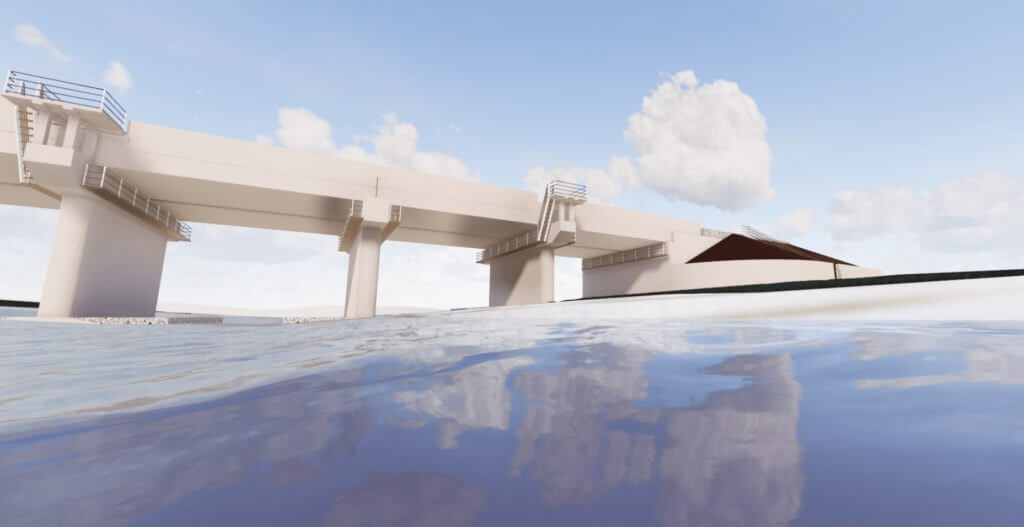



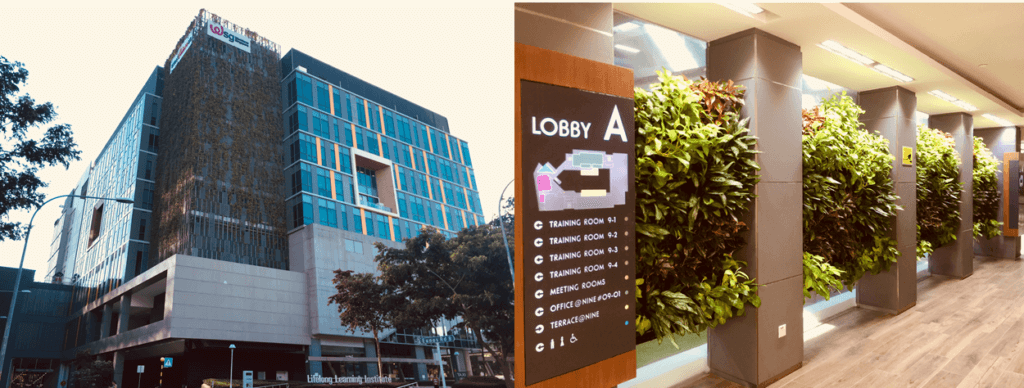
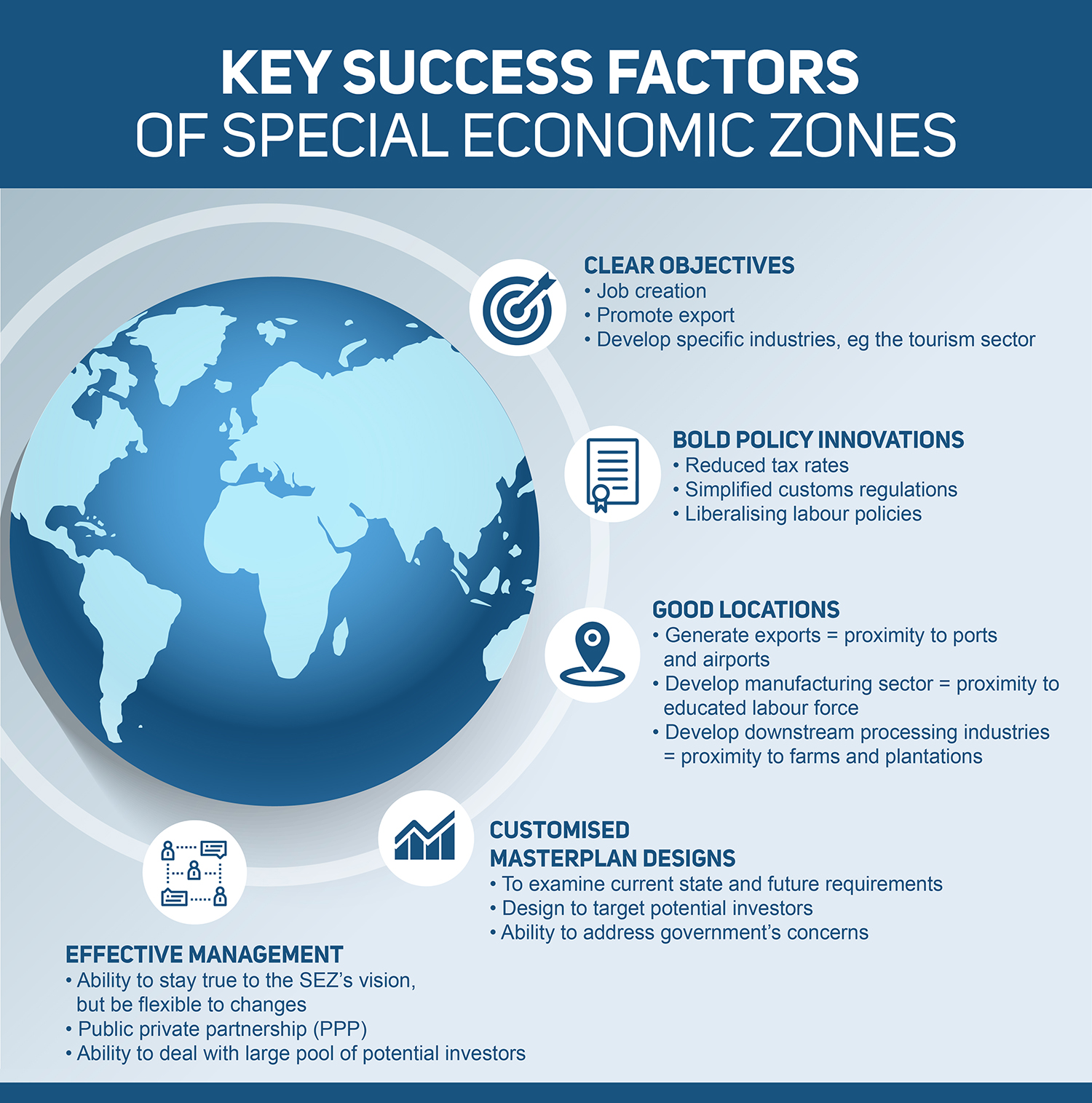
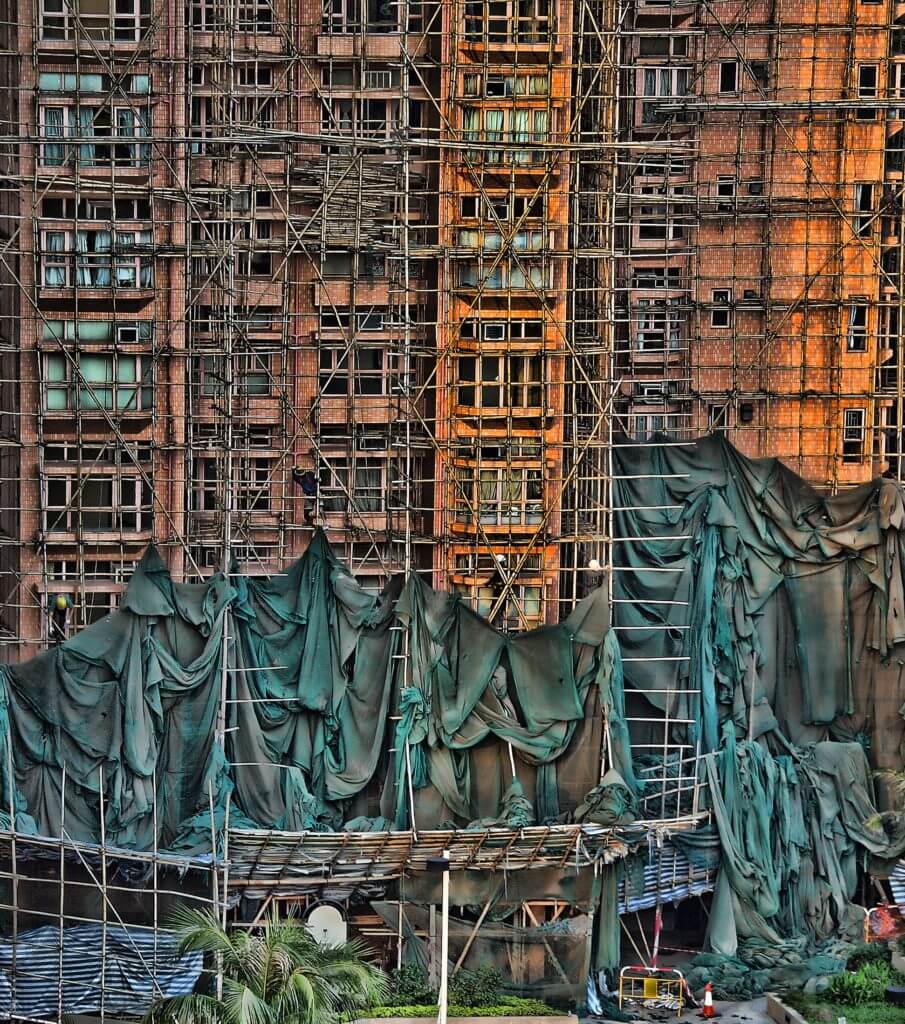
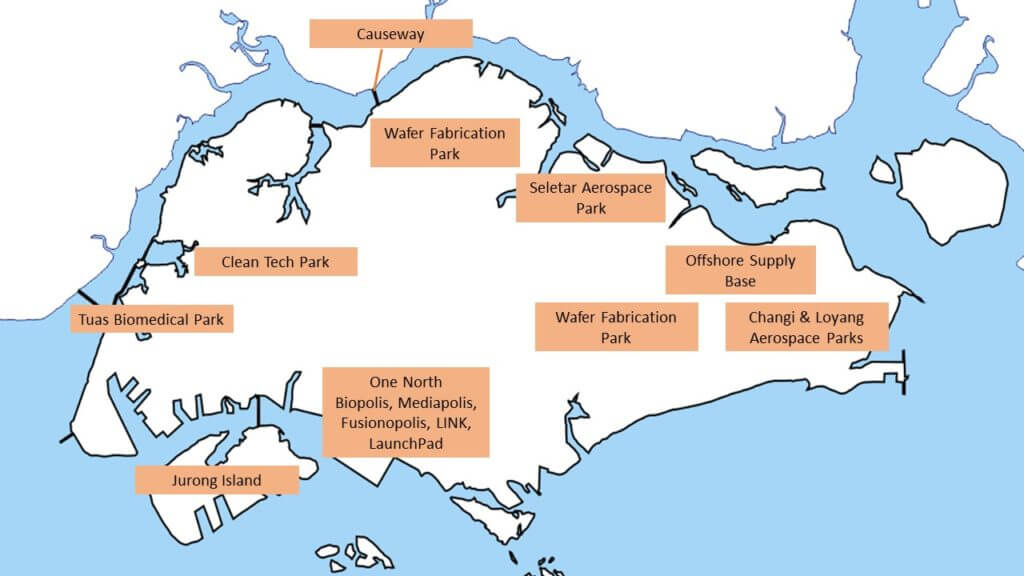
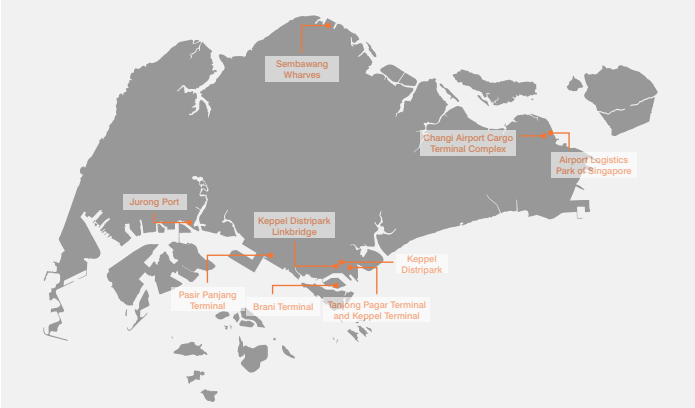
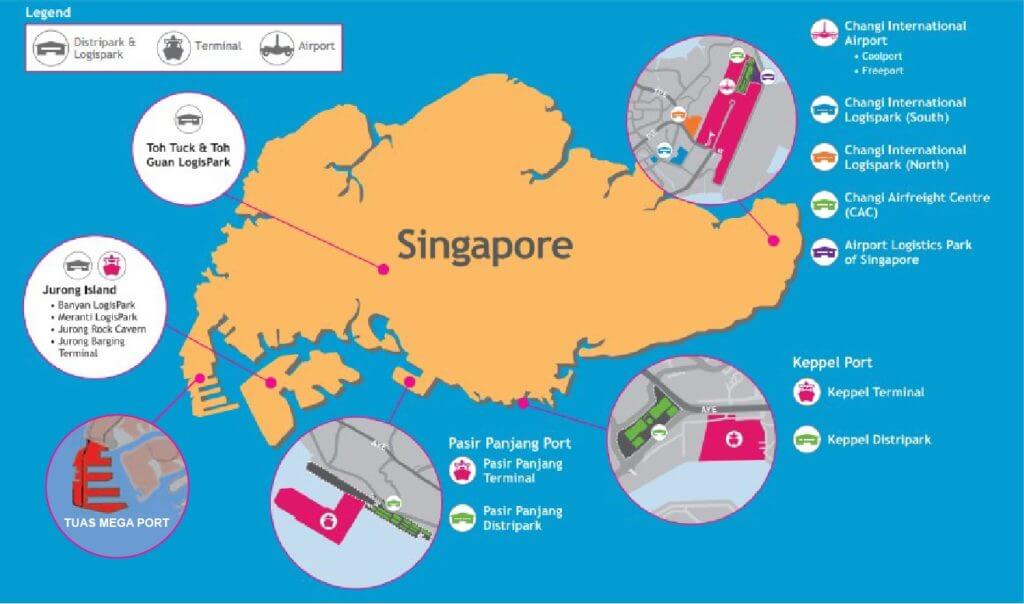
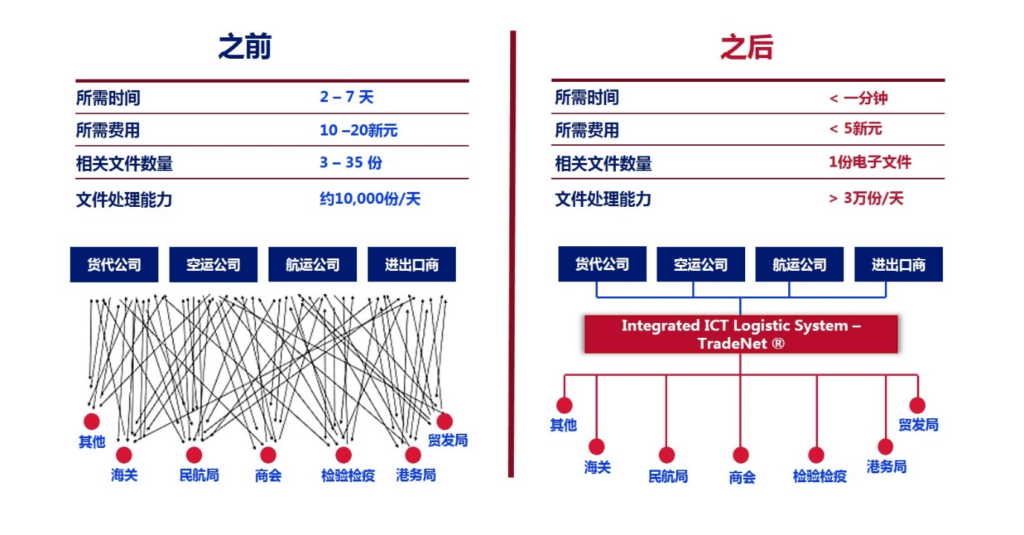
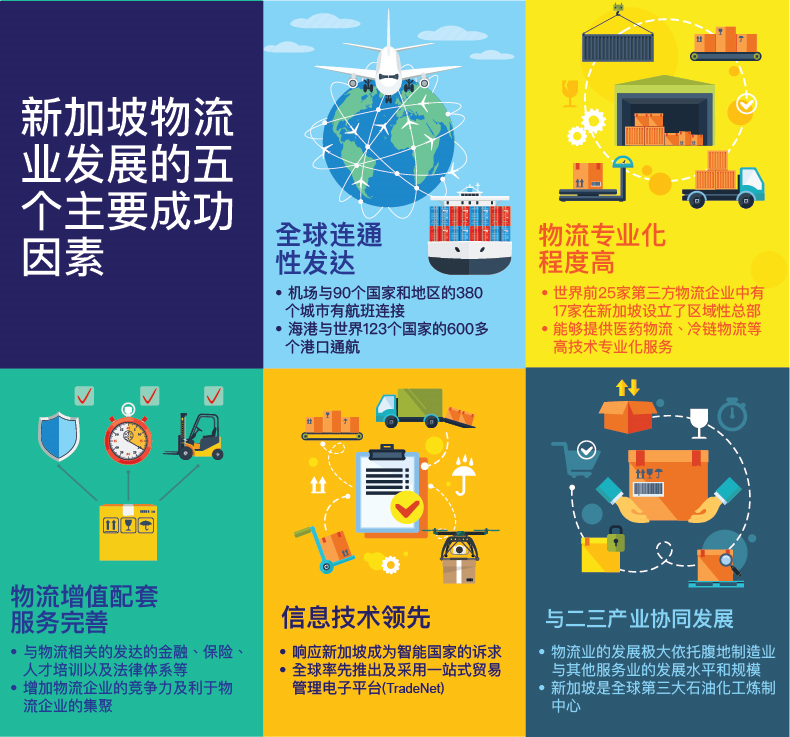


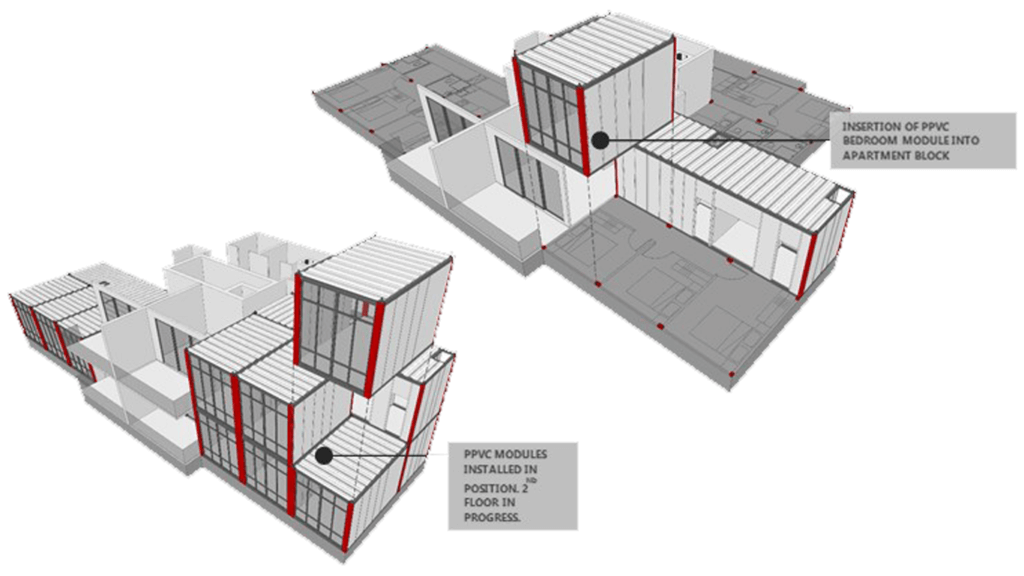



连接